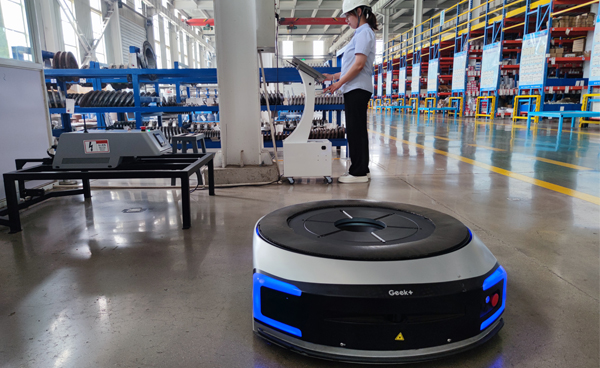
Jul . 28, 2024 14:13
Back to list
Understanding Pressure Regulating Valves and Their Importance in Fluid Control Systems
Understanding Pressure Regulating Valves An Overview
Pressure regulating valves, commonly referred to as PRVs, are crucial components in various industrial and residential applications. Their primary function is to control and maintain a consistent pressure level in fluid systems, ensuring that downstream equipment operates efficiently and safely. In this article, we will delve into the significance of pressure regulating valves, their working mechanisms, types, applications, and maintenance practices.
The Importance of Pressure Regulation
In any fluid transport system, whether it involves water, gas, or oil, maintaining the correct pressure is vital. Excessive pressure can lead to equipment failure, pipe bursts, and unsafe operating conditions. Conversely, insufficient pressure can impair system performance and efficiency. Pressure regulating valves serve to mitigate these risks by adjusting the flow of fluid based on the system's demands. By doing so, they protect equipment, enhance performance, and reduce energy consumption.
How Pressure Regulating Valves Work
A pressure regulating valve operates using a straightforward yet effective principle. It typically comprises a valve body, a spring-loaded diaphragm or piston, and an adjustment mechanism. The diaphragm reacts to the pressure change in the system. When the upstream pressure exceeds the pre-set level, the diaphragm moves to close off the valve gradually, reducing the flow. Conversely, if the pressure drops below the set threshold, the spring expands, allowing more fluid to flow through.
Some PRVs are equipped with additional features, such as gauges and sensors, to provide real-time readings of pressure levels. Additionally, they can be adjusted manually or automatically, depending on the specific requirements of the system.
.
While there are various types of pressure regulating valves, they can generally be categorized into two main types direct-acting and pilot-operated valves.
صمام تنظيم الضغط

1. Direct-Acting Valves These are the simplest form of pressure regulators. They are best suited for smaller flow applications and have a straightforward design. Direct-acting valves respond directly to pressure changes, making them quick and efficient for small-scale operations.
2. Pilot-Operated Valves These valves utilize a separate pilot valve to control the main valve. They are more complex but are advantageous for larger systems requiring precise pressure management. Pilot-operated valves can handle larger flow rates and are often used in critical applications where accuracy is paramount.
Applications of Pressure Regulating Valves
PRVs are utilized across a wide range of industries, including
- Water Supply In municipal water systems, PRVs help maintain consistent water pressure, preventing pipe bursts and ensuring adequate flow rates for consumers. - Oil and Gas In these industries, PRVs manage pressure in pipelines transporting hydrocarbons, significantly reducing the risk of leaks and ruptures. - HVAC Systems In heating, ventilation, and air conditioning, pressure regulators help maintain optimal pressure in refrigerant lines and coolant systems. - Manufacturing Many manufacturing processes require precise fluid pressure control to ensure product quality and equipment safety.
Maintenance of Pressure Regulating Valves
To ensure optimal performance, regular maintenance of pressure regulating valves is essential. Key maintenance practices include periodic inspections for leaks, corrosion, and wear. Operators should also check the valve settings consistently to ensure they meet the required specifications. Clean the valves from debris and sediment build-up, which can impair functionality. Understanding the manufacturer’s guidelines for maintenance is critical to prolonging the lifespan of these valves.
Conclusion
Pressure regulating valves play an indispensable role in fluid management systems, contributing to safety and efficiency in various industries. Understanding their working principles, types, and applications helps in making informed choices for specific needs. Regular maintenance ensures these vital components function correctly, safeguarding both systems and the environment they operate within. As technology advances, PRVs continue to evolve, integrating smarter features to enhance their functionality and reliability in an ever-changing landscape.
Latest news
-
Safety Valve Spring-Loaded Design Overpressure ProtectionNewsJul.25,2025
-
Precision Voltage Regulator AC5 Accuracy Grade PerformanceNewsJul.25,2025
-
Natural Gas Pressure Regulating Skid Industrial Pipeline ApplicationsNewsJul.25,2025
-
Natural Gas Filter Stainless Steel Mesh Element DesignNewsJul.25,2025
-
Gas Pressure Regulator Valve Direct-Acting Spring-Loaded DesignNewsJul.25,2025
-
Decompression Equipment Multi-Stage Heat Exchange System DesignNewsJul.25,2025

